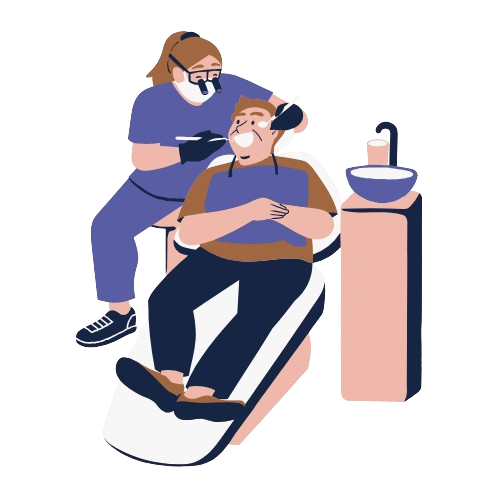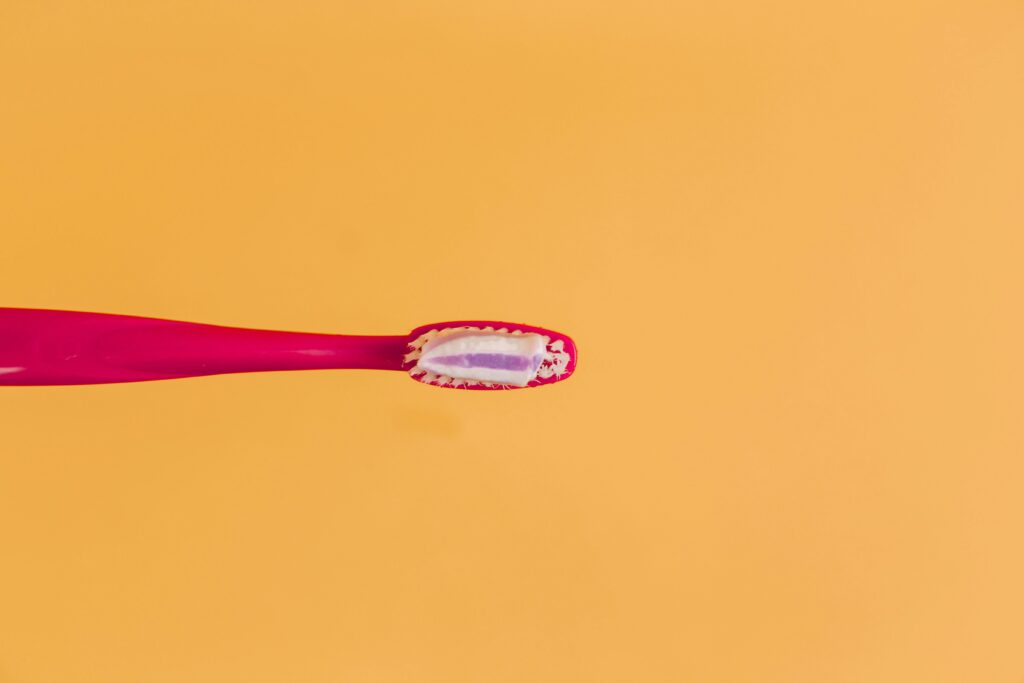Maintaining proper oral hygiene starts with brushing your teeth the right way. Brushing properly keeps your teeth clean and prevents cavities, gum disease, and bad breath. In this comprehensive guide, we’ll cover everything you need to know about brushing your teeth effectively. Let’s dive in!
1. Choose the Right Toothbrush and Toothpaste
Your oral health journey begins with selecting the correct tools:
- Toothbrush: Opt for a soft-bristled toothbrush that is gentle on your gums and enamel. Hard bristles can erode enamel over time and irritate sensitive gums. Ensure the toothbrush head is small enough to reach all areas of your mouth.
- Toothpaste: Use a fluoride toothpaste to help strengthen enamel and prevent cavities. Fluoride acts as a protective barrier against acid attacks from food and bacteria.
Replace your toothbrush every 3–4 months or when the bristles become frayed. If you use an electric toothbrush, follow the manufacturer’s recommendations for replacing the brush head.
2. Apply the Right Amount of Toothpaste
When it comes to toothpaste, less is more. Adults should use a pea-sized amount of toothpaste. For children under six, use only a rice grain-sized amount to minimize the risk of swallowing excess fluoride.
Using too much toothpaste can lead to over-foaming, which may tempt you to stop brushing before your teeth are thoroughly cleaned.
3. Position Your Toothbrush Correctly
To clean your teeth effectively, hold your toothbrush at a 45-degree angle to your gumline. This angle ensures that the bristles reach both the teeth and the gums, where plaque and bacteria often accumulate. Avoid brushing horizontally, as this can miss key areas and cause gum irritation.
4. Use Gentle, Circular Motions
Brushing your teeth is not about applying force but about technique. Use small, circular motions or gentle back-and-forth strokes to clean each tooth. Avoid scrubbing aggressively, as this can wear down your enamel and damage your gums.
Pay attention to areas that are often overlooked, such as the back molars and the inner surfaces of your teeth.
5. Brush All Tooth Surfaces Thoroughly
To ensure your teeth are completely clean, brush all surfaces:
- Outer surfaces: Start with the front teeth and work your way to the sides and back.
- Inner surfaces: Tilt the toothbrush vertically to clean the inside of your front teeth and continue along the inner surfaces of your molars.
- Chewing surfaces: Use short, scrubbing motions to clean the tops of your molars where food particles often get trapped.
Spend at least 2 minutes brushing your teeth. You can use a timer or a toothbrush with a built-in timer to make sure you’re brushing long enough.
6. Don’t Forget Your Tongue
Your tongue harbors bacteria that can cause bad breath. After brushing your teeth, gently brush your tongue with your toothbrush or use a tongue scraper to remove bacteria and debris. This step helps maintain fresh breath and a clean mouth.

7. Spit, Don’t Rinse Immediately
After brushing, spit out the toothpaste but avoid rinsing your mouth with water right away. Leaving a thin layer of fluoride on your teeth provides additional protection against cavities. If you need to rinse, use a fluoride mouthwash instead of plain water.
8. Brush Twice a Day
Brushing your teeth twice a day is crucial for good oral hygiene. Brush once in the morning to remove plaque and bacteria that accumulate overnight, and again before bed to clean away food particles and prevent bacteria from thriving while you sleep.
If you’ve consumed acidic foods or drinks (like citrus fruits or soda), wait at least 30 minutes before brushing to protect your enamel from erosion.
9. Complement Your Brushing Routine
Brushing alone isn’t enough to maintain optimal oral health. Incorporate these additional steps into your daily routine:
- Floss Daily: Flossing removes food particles and plaque from between your teeth, areas that a toothbrush can’t reach. Floss before brushing to loosen debris and make brushing more effective.
Know how to Floss Properly!
- Use Mouthwash: A fluoride mouthwash provides an extra layer of protection against cavities and freshens your breath. Choose a mouthwash that suits your specific needs, such as one for sensitive teeth or gum health.
- Clean Dental Appliances: If you wear braces, retainers, or other dental appliances, follow your dentist’s instructions for cleaning them. Special tools like interdental brushes or water flossers may be helpful.
- Stay Hydrated: Drinking water throughout the day helps wash away food particles and bacteria, especially after meals.
10. Visit Your Dentist Regularly
Regular dental check-ups are essential for identifying and addressing potential oral health issues early. Your dentist can provide professional cleanings, check for cavities, and offer personalized advice on improving your oral care routine.

Most dentists recommend visiting every six months, but your schedule may vary based on your specific needs.
Why Proper Brushing Matters?
Brushing your teeth properly prevents more than just cavities. It also:
- Reduces the risk of gum disease by removing plaque from the gumline.
- Prevents bad breath caused by food particles and bacteria.
- Protects your enamel and prevents tooth sensitivity.
- Contributes to overall health, as poor oral hygiene has been linked to conditions like heart disease and diabetes.
Learn more on: https://www.mouthhealthy.org/all-topics-a-z/brushing-your-teeth
By following these steps, you’ll ensure your teeth stay clean, healthy, and strong. Consistency and the right technique are key to maintaining a bright, confident smile. Start practicing proper brushing habits today, and share this guide to help others achieve better oral health!

